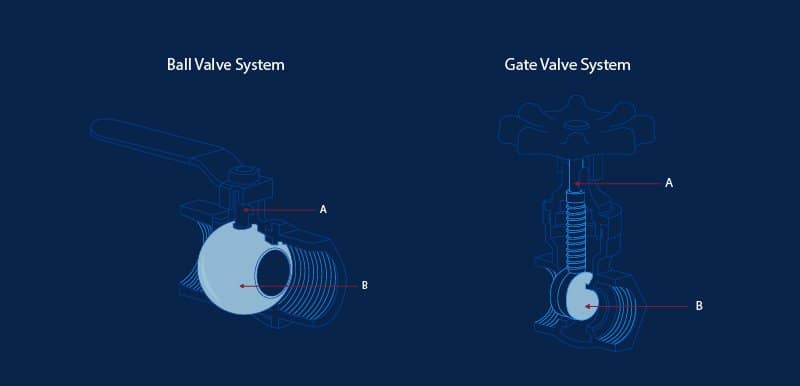plug valve types
Understanding Plug Valve Types A Comprehensive Overview
Plug valves are critical components in various industrial applications, serving a fundamental role in flow control systems. Their simple yet effective design, combined with a range of configurations, has made them a popular choice in many sectors, including oil and gas, water treatment, and chemical processing. This article seeks to provide an in-depth exploration of the different types of plug valves, their functionalities, and their applications.
What is a Plug Valve?
A plug valve is a type of quarter-turn valve that consists of a solid or hollow cylindrical plug that can be rotated within the valve body to open or close the flow of fluid. The design enables a quick on/off control of the flow, making plug valves highly efficient for applications where swift operation is crucial. These valves are characterized by their low resistance to flow and are particularly well-suited for larger pipelines.
Types of Plug Valves
Plug valves can be categorized into several types based on their design and functionality
. The two most common types include1. Lubricated Plug Valves - Description Lubricated plug valves use a lubricant, usually grease, to facilitate smooth movement of the plug within the valve body. This lubrication minimizes friction and wear, thereby extending the valve's lifespan. - Applications These valves are often used in applications where tight sealing is essential, such as in the petroleum and chemical industries. They are ideal for throttling and regulating fluid flow.
2. Non-Lubricated Plug Valves - Description In contrast to lubricated valves, non-lubricated plug valves operate without any additional lubrication. They rely on the inherent design and materials used for the plug to provide a tight seal. - Applications Non-lubricated plug valves are typically used in applications where cleanliness is critical, such as in the food and beverage industry, as they reduce the risk of contamination.
plug valve types

3. V-Port Plug Valves - Description V-port plug valves feature a plug with a V-shaped notch, which allows for more precise control over flow rates. This design is beneficial for throttling applications where accurate flow adjustments are necessary. - Applications These valves are often found in processes requiring precise flow control, such as chemical processing and HVAC systems.
4. Rising Stem Plug Valves - Description Rising stem plug valves combine the features of a traditional plug valve with a rising stem mechanism. As the valve is opened or closed, the stem rises, providing a visual indication of the valve's status. - Applications These valves are particularly useful in large-scale industrial applications where operators need to see at a glance whether the valve is open or closed.
Advantages of Plug Valves
Plug valves offer numerous benefits that make them preferable in various applications. Some of the notable advantages include
- Quick Operation The quarter-turn operation allows for rapid opening and closing, making them ideal for emergency shut-off situations. - Low Pressure Drop Plug valves typically exhibit low resistance to flow, which minimizes the pressure drop across the valve. - Durability Their robust construction and ability to handle a wide range of temperatures and pressures make them long-lasting components in demanding environments.
Conclusion
Plug valves are indispensable in modern industrial applications, providing reliable and efficient flow control solutions. Understanding the different types of plug valves, such as lubricated, non-lubricated, V-port, and rising stem variants, is crucial for engineers and operators alike. By selecting the appropriate type for specific applications, industries can enhance operational efficiency while ensuring safety and reliability. As technology continues to advance, the role of plug valves will undoubtedly evolve, paving the way for innovations that further optimize fluid control systems.
-
The Key to Fluid Control: Exploring the Advantages of Ball Valves in Industrial SystemsNewsJul.09,2025
-
The Versatile World of 1, 2, and 3 Piece Ball ValvesNewsJul.09,2025
-
Stainless Steel Ball Valves: The Ideal Choice for Efficient Flow ControlNewsJul.09,2025
-
Optimizing Fluid Control with Ball Float ValvesNewsJul.09,2025
-
Manual Gate Valves: Essential for Control and EfficiencyNewsJul.09,2025
-
Everything You Need to Know About Butterfly ValvesNewsJul.09,2025
-
The Versatility of Wafer Type Butterfly ValvesNewsJul.08,2025




